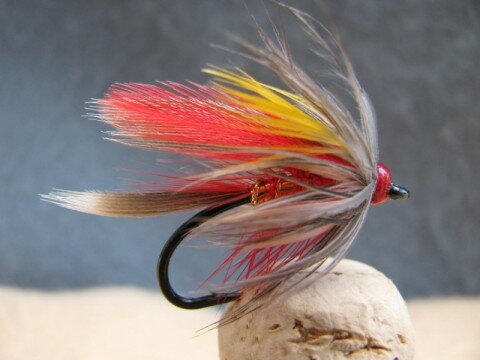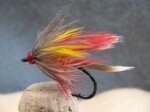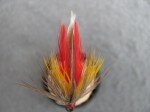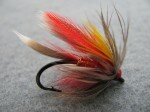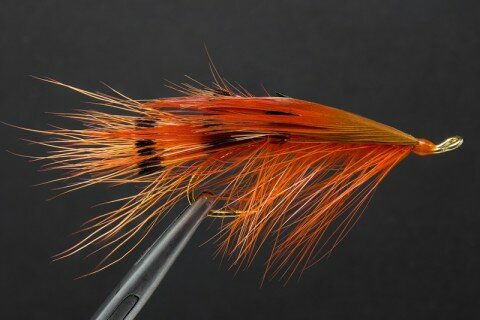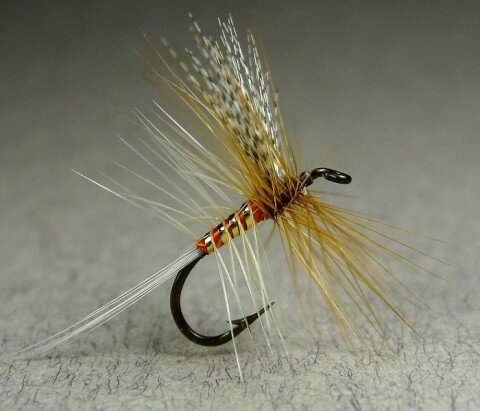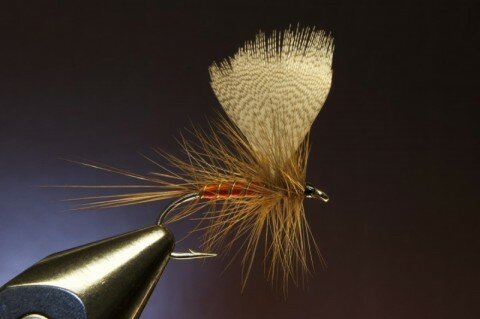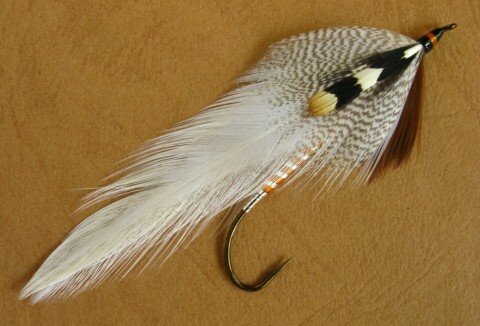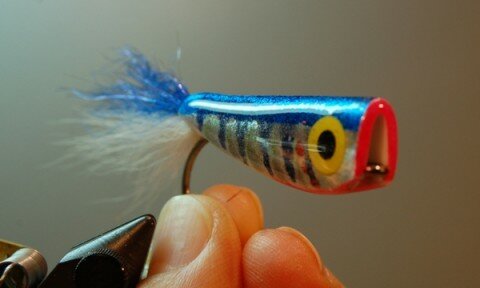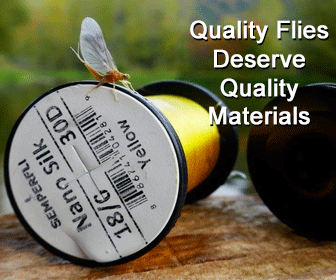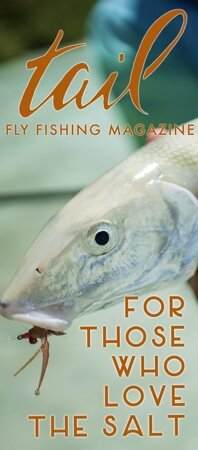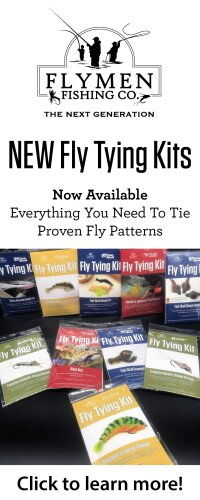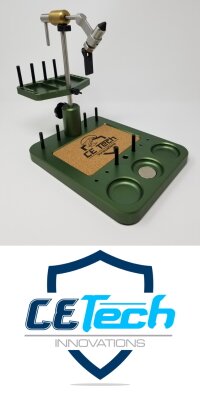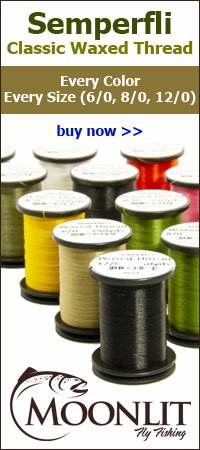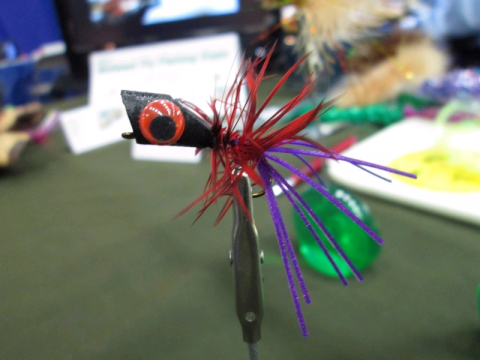
Tied & Created by Todd A.Schotts
Hooks: Gamakatsu S10 Stinger Hooks for 3/8” & 5/16” – Natural Bend Nymph Hooks for ¼”
Tail: Silicone Skirt Material #360750 from Jann’s Netcraft (See Below for Colors)
Hackle: Whiting Black Laced Soft Hackle (See Below for Colors)
Body/Head: Cylinder Foam – Sizes ¼”, 5/16”, and 3/8” (See Below for Colors)
Eyes: 5mm (for 3/8” & 5/16”) 7mm (1/4”) Doll Eyes (color is optional)
Jigs: Gary Krebs Popper Jigs (Bass/Panfish) from River Road Creations, Inc.
To Finish: After I attach the eyes; I coat the entire surface of the foam with Sally Hanson’s Diamond Strength, Hard as Nails Clear.

|
Tail
|
Hackle
|
Foam
|
|
Purple/Fuchsia#202
|
Red/Black
|
Black
|
|
Chartreuse w/Silver Flakes#005
|
Chartreuse/Black
|
Chartreuse
|
|
Brown w/Orange Flake #091
|
Orange/Black
|
Yellow
|
|
Orange Pepper#348
|
Orange/Black
|
Orange
|
|
Clear w/Blue & Crystal #066
|
White/Black
|
White
|
|
Purple/Fuchsia#202
|
Red/Black
|
Red
|

I use to trim these with a razor blade while holding the foam, and after a lot of nicked fingers and deep cuts, I started using the Jig set that was created by Gary Krebs. It did make cutting the foam a lot easier and saved my fingers. A good tip, normal razor blades do wear out really fast when cutting foam cylinders. I have switched to using surgical razor blades, they last longer and stay sharper a lot longer; and giving a cleaner cut.
To create a popper or diver, it is just turning the foam in the jig when trimming. Both styles work really well. As for the Tail/Legs instead of using marabou or any other feathers on the back, I prefer to use Silicone Skirt Material. The Silicone Legs hold up a lot better than feathers (especially with bluegills), and they give the fly great action in the water. The name for this fly came after the eyes were attached. The finished fly reminded me of the cartoon character.


